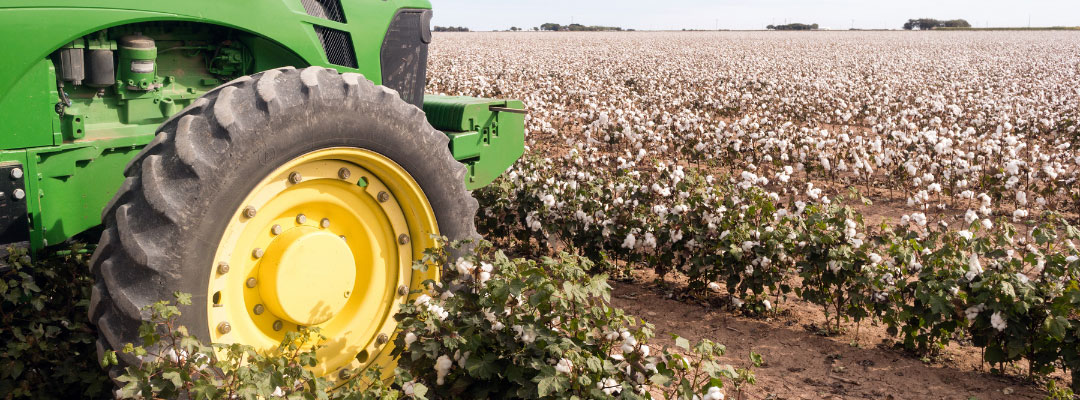[et_pb_section fb_built=”1″ admin_label=”section” _builder_version=”4.16″ global_colors_info=”{}” theme_builder_area=”post_content”][et_pb_row admin_label=”row” _builder_version=”4.16″ background_size=”initial” background_position=”top_left” background_repeat=”repeat” global_colors_info=”{}” theme_builder_area=”post_content”][et_pb_column type=”4_4″ _builder_version=”4.16″ custom_padding=”|||” global_colors_info=”{}” custom_padding__hover=”|||” theme_builder_area=”post_content”][et_pb_text admin_label=”Text” _builder_version=”4.16″ background_size=”initial” background_position=”top_left” background_repeat=”repeat” global_colors_info=”{}” theme_builder_area=”post_content”]
From wild swings in commodity prices to an explosion in input costs that would make the Consumer Price Index (CPI) blush, agricultural producers have been riding a rollercoaster over the past year. The purpose of the farm safety net – the combination of Federal crop insurance and the traditional farm bill programs like Agriculture Risk Coverage (ARC) and Price Loss Coverage (PLC) – is to help producers manage these risks. However, unprecedented pressure from the COVID-19 pandemic and natural disasters, along with the inflated input costs, have exposed gaps in the current farm safety net. One of the concerns on the minds of most producers at this point is how the farm safety net will perform in 2023 if commodity prices fall and input costs remain at elevated levels. In this article, we look at this question in the context of cotton.
This summer, USDA’s Economic Research Service (ERS) forecasted a U.S. average total cost of production for cotton in 2023 of $794/ac.[1] Assuming an average yield of 847 lbs/ac (based on the 5-year harvested-acre average for upland cotton from 2017-21), the total average cost of production for cotton in 2023 would be an estimated $0.9374/lb. The question: how much of the cost incurred by producers will be protected by the farm safety net?
Federal crop insurance is the cornerstone of the farm safety net. The insured price for cotton in the spring will be based on the Cotton #2 Dec ’23 futures contract (CTZ23). While the price is based on a month-long average (with the discovery period depending on your location), this example simply uses yesterday’s closing price ($0.731/lb) as a proxy for how the safety would perform if the insured price were established at yesterday’s levels (Figure 1). For a grower with Revenue Protection (RP) at a 75% coverage level, they are effectively protecting $0.5483/lb (= $0.731/lb x 75%). Even in the case where a grower purchases STAX at a 90% coverage level (in addition to RP), they still are only able to protect $0.6579/lb (= $0.731/lb x 90%). In other words, a producer would only be able to insure, on average, 70% of their total cost of production (= $0.6579/$0.9374).
But, won’t PLC help fill in the gap given it is designed to help in low-price scenarios? With cottonseed prices at $343/ton (NASS August 2022[2]), a lint value of roughly $0.637/lb equates with a seed cotton equivalent of $0.367/lb (the PLC seed cotton reference price). In other words, if cottonseed prices for the marketing year averaged $343/ton, lint prices would have to fall below $0.637/lb before PLC would trigger support. If the marketing year average price were to hover around the insurance price in our example ($0.731/lb), PLC would end up paying nothing.
Naturally, any number of different scenarios could transpire. For example, prices could rebound before planting. Input costs could fall between now and the spring. And, above-average yields could blunt the impact of lower prices. In the case of yields and given the example above, if prices averaged $0.731/lb, yields would need to be more than 28% above average to break even. While that is possible (especially in isolated areas), neither producers (nor their lenders) can bank on yields that are 28% above average.
This scenario clearly highlights just one example of the gaps that exist in the current farm safety net. It also highlights the importance of the upcoming debate on the 2023 Farm Bill. While pundits are prognosticating over whether there will be a simple extension of the current farm bill next year, agricultural producers may not be able to wait. Even if the markets end up breaking their way, they currently are exposed to a considerable amount of risk and the prospect of significant losses.
Figure 1. Cotton #2 December 2023 ICE Futures Contract (CTZ23)

[1] https://www.ers.usda.gov/webdocs/DataFiles/47913/cop_forecast.xlsx?v=4738.9
[2] https://downloads.usda.library.cornell.edu/usda-esmis/files/c821gj76b/69700872f/k643c9334/agpr0922.pdf
Fischer, Bart L., and Joe Outlaw. “An Early Look at the Farm Safety Net for Cotton in 2023.” Southern Ag Today 2(44.4). October 27, 2022. Permalink

